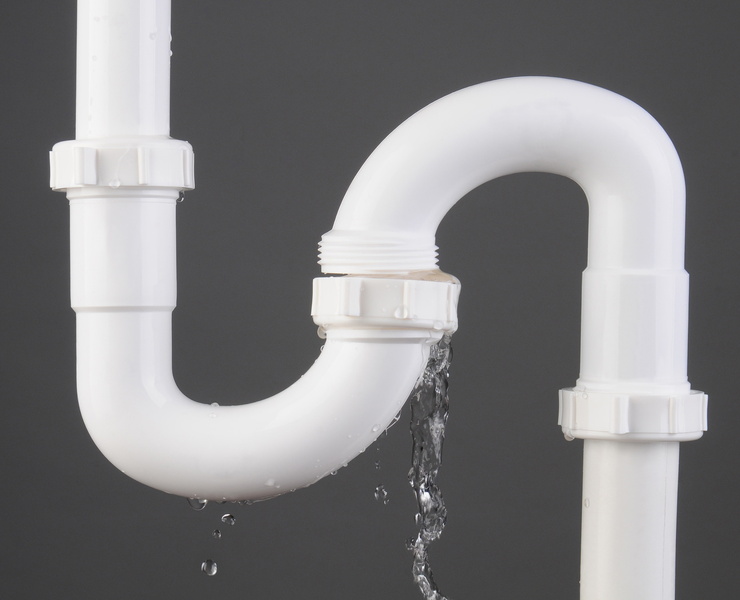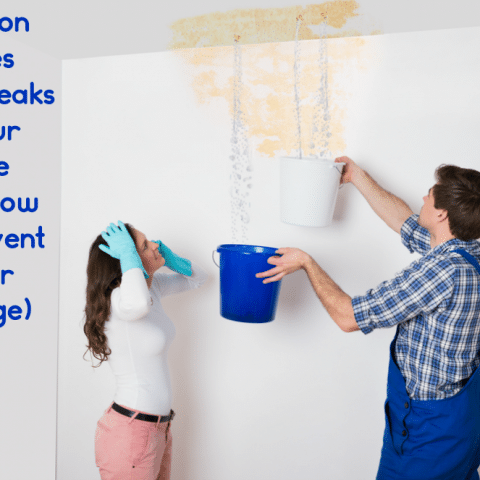Just how to Inspect If Your Home Has a Concealed Leak
Just how to Inspect If Your Home Has a Concealed Leak
Blog Article
Just about every person may have their personal way of thinking on the subject of Locating water leaks.

Early discovery of leaking water lines can reduce a prospective catastrophe. Some little water leakages might not be visible.
1. Analyze the Water Meter
Every home has a water meter. Inspecting it is a surefire manner in which helps you find leaks. For beginners, shut off all the water sources. Ensure no one will purge, use the tap, shower, run the cleaning maker or dish washer. From there, go to the meter as well as watch if it will transform. Since no person is utilizing it, there need to be no activities. That shows a fast-moving leak if it relocates. Furthermore, if you discover no changes, wait an hour or more as well as inspect back again. This means you might have a slow-moving leak that can also be below ground.
2. Check Water Intake
If you find sudden adjustments, despite your consumption being the very same, it indicates that you have leakages in your plumbing system. A sudden spike in your costs indicates a fast-moving leak.
Meanwhile, a consistent increase every month, despite having the exact same habits, shows you have a slow-moving leak that's also gradually escalating. Call a plumber to completely inspect your residential or commercial property, especially if you feel a cozy area on your floor with piping beneath.
3. Do a Food Coloring Test
When it comes to water consumption, 30% comes from bathrooms. Test to see if they are running appropriately. Drop flecks of food shade in the tank as well as wait 10 minutes. There's a leakage in between the tank as well as dish if the color in some way infiltrates your bowl throughout that time without flushing.
4. Asses Outside Lines
Don't neglect to examine your outdoor water lines also. Ought to water permeate out of the link, you have a loose rubber gasket. One little leakage can lose bunches of water and increase your water bill.
5. Check and also Assess the Scenario
Property owners need to make it a practice to check under the sink counters as well as also inside cupboards for any bad odor or mold and mildew growth. These 2 red flags indicate a leakage so prompt focus is needed. Doing regular examinations, even bi-annually, can save you from a significant trouble.
If you understand your residence is already old, maintain a watchful eye on your heating units, tubes, pipelines and so on. Check for stainings and also deteriorating as a lot of appliances and pipes have a life span. They will also naturally degrade because of deterioration. If you suspect leaking water lines in your plumbing system, don't wait on it to intensify. Call a specialist plumber right away so you do not wind up with an awful mess in your house.
Early discovery of leaking water lines can reduce a potential disaster. Some small water leakages may not be noticeable. Inspecting it is a guaranteed method that aids you uncover leaks. One little leakage can lose heaps of water and surge your water costs.
If you presume dripping water lines in your plumbing system, do not wait for it to rise.
WARNING SIGNS OF WATER LEAKAGE BEHIND THE WALL
PERSISTENT MUSTY ODORS
As water slowly drips from a leaky pipe inside the wall, flooring and sheetrock stay damp and develop an odor similar to wet cardboard. It generates a musty smell that can help you find hidden leaks.
MOLD IN UNUSUAL AREAS
Mold usually grows in wet areas like kitchens, baths and laundry rooms. If you spot the stuff on walls or baseboards in other rooms of the house, it’s a good indicator of undetected water leaks.
STAINS THAT GROW
When mold thrives around a leaky pipe, it sometimes takes hold on the inside surface of the affected wall. A growing stain on otherwise clean sheetrock is often your sign of a hidden plumbing problem.
PEELING OR BUBBLING WALLPAPER / PAINT
This clue is easy to miss in rooms that don’t get much use. When you see wallpaper separating along seams or paint bubbling or flaking off the wall, blame sheetrock that stays wet because of an undetected leak.
BUCKLED CEILINGS AND STAINED FLOORS
If ceilings or floors in bathrooms, kitchens or laundry areas develop structural problems, don’t rule out constant damp inside the walls. Wet sheetrock can affect adjacent framing, flooring and ceilings.
https://www.servicemasterbyzaba.com/blog/how-to-detect-water-leakage-in-walls/

I was shown that editorial on Finding hidden leaks through a friend on a different web page. Are you aware of someone else who is intrigued by the subject? Take a moment to share it. I am grateful for your time. Visit again soon.
Report this page